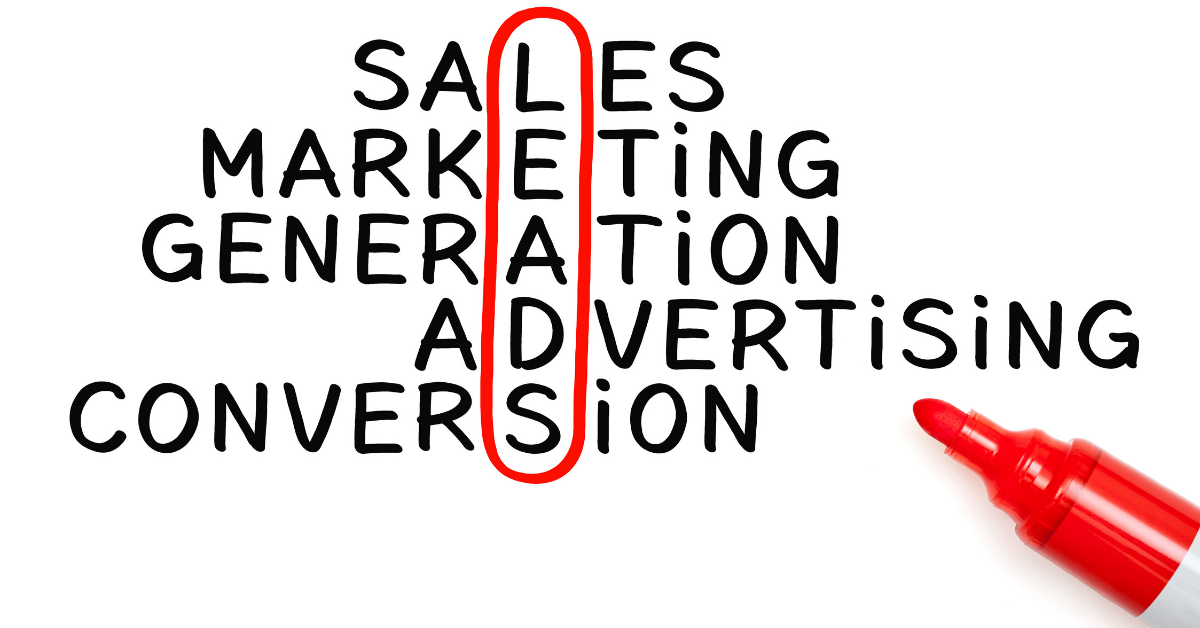B2B marketing strategies rely heavily on demand and lead generation. You can’t generate leads efficiently and consistently unless you’re also creating demand, and demand generation loses a lot of its value if it can’t be converted into leads.
While demand generation and lead generation may appear to be interchangeable, there’s a significant difference between the two.
In a nutshell, demand generation is focused on increasing brand recognition and product education at the top of the funnel, whereas lead generation is concerned with converting prospects into qualified leads who can be nurtured into customers.
Confusing demand generation and lead generation can mean risking missing out on leads and paying considerably more than you need to. Making a clear distinction between the two in your B2B marketing strategy will assist you in generating more Sales Qualified Leads (SQLs) while lowering the Cost per Lead (CPL).
Let’s define both terms and their meanings.

What is Demand Generation?
Simply put, demand generation is the process of developing interest in what you have to offer (producing demand); lead generation is the process of converting that interest into names and contact information (leads) that you or your sales staff can follow up with.
Demand generation leads prospects through the following steps:
- Identifying that they have a problem you can resolve
- Building trust and confidence in your brand
- Expressing clear interest in what your solutions can provide them
Some of the best demand generation practices include:
- Posting thought leadership content that demonstrates your sector expertise
- Distributing free resources and tools that indicate how useful you and your services can be
- Sharing influencer posts from your leadership that highlight your brand values

What is Lead Generation?
Lead generation is the process of turning all generated interest into something tangible and actionable.
People who may be interested in purchasing your products or services are known as leads. Lead generation allows you to reach out to potential consumers early in their buying process, allowing you to earn their trust, create a relationship, and be there for them until they’re ready to buy.
Customers expect more from your brand than a traditional sales pitch when they interact with it. They want to be able to trust your brand and feel confident in purchasing your products.
It’s up to you to win that trust and create a connection with each customer, whether you’re selling to consumers or businesses. Lead generation and customer journeys play a role in this.
While customer journeys differ by sector, the goal of journey management is to convert prospects into long-term customers. A lead is the first step in any customer journey.
Lead generation isn’t about gathering as many leads as possible and sending them to your sales team. It’s all about finding high-quality inbound and outbound leads with whom you can form connections utilizing the correct channels.
Inbound Lead Generation
Inbound lead generation is a strategy for drawing clients to your business. It’s when a business creates content specifically for its ideal consumer. This material aims to motivate the prospect to take action, resulting in a two-way interaction that leads to a sale.
However, not all inbound leads are the same. Leads are scored by B2B enterprises depending on how they respond and how likely they are to convert into customers – MQL vs. SQL.
A Marketing Qualified Lead (MQL) is someone who has shown interest in a piece of content but is still hesitant. You can give them extra content if they aren’t ready for a sales call just yet.
A Sales Qualified Lead (SQL) is someone who has expressed a clear interest in acquiring your goods. It’s time to acquire the help of your sales staff.
Outbound Lead Generation
Outbound lead generation is a way of reaching out to potential clients who are unfamiliar with your offering. It works by sales agents sending out communications to prospects.
Outbound lead generation aims to increase interest in a product or service to build a sales funnel. Cold calling, emailing, social selling, and direct mail are all examples of outbound lead-generating communication tactics.
Like inbound lead generation, not all outbound leads are the same. An MQL lead here is someone who has expressed an interest in purchasing your goods. The intent is demonstrated by how people interact with your company, for example, if they’ve:
- Visited your website
- Engaged with your content
- Downloaded any marketing materials
An SQL (sales qualified lead) is an MQL that has been selected by one of your salespeople. They’ve advanced through the sales funnel and are ready to move on to the next step.
Lead Generation vs. Demand Generation: What’s the Difference?
The most evident distinction between a demand generating and a lead generating campaign is whether or not the campaign requests contact information.
You’re running a lead generation campaign if you put your content behind a form that asks for contact information and then pay to have it distributed to a specific audience. The goal of that activity isn’t to encourage as many people to engage with your content as possible – it’s to capture as many leads as possible by giving individuals a cause to provide their contact information and making it simple for them to do so.
On the flip side, if you make content publicly accessible and pay to mass-distribute it to relevant people, you’re generating demand. In this case, you’re paying to get as many people to listen to what you have to say, learn more about your company and your point of view, appreciate your expertise, and begin to consider why they might want to buy from you.
If you have any questions or need help implementing demand or lead generation campaigns into your marketing strategy, please contact DemandScience today.











